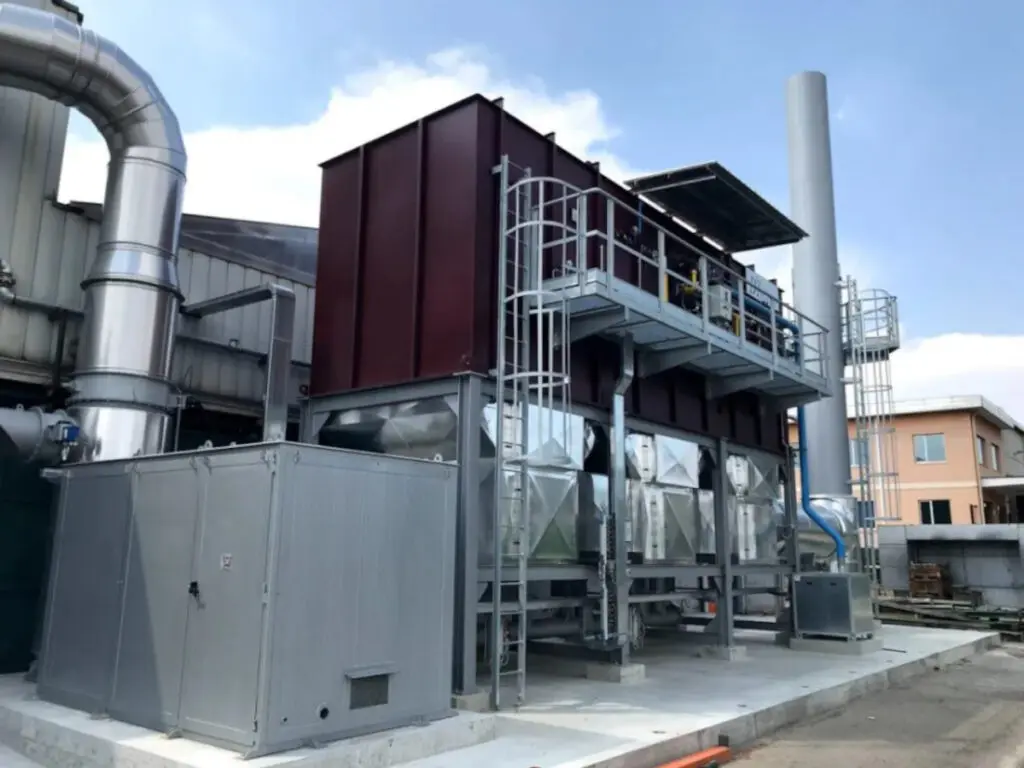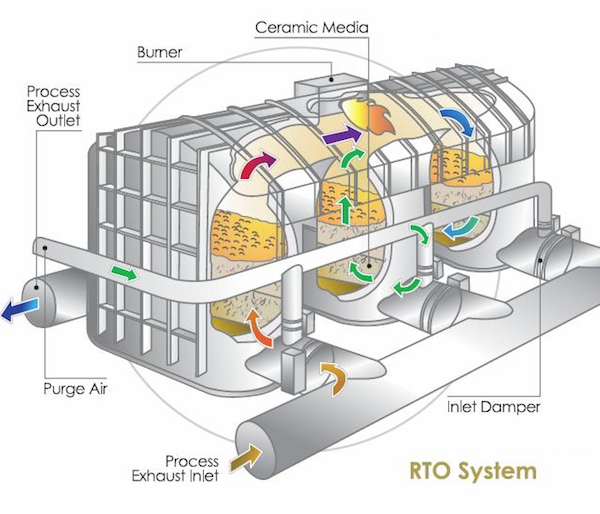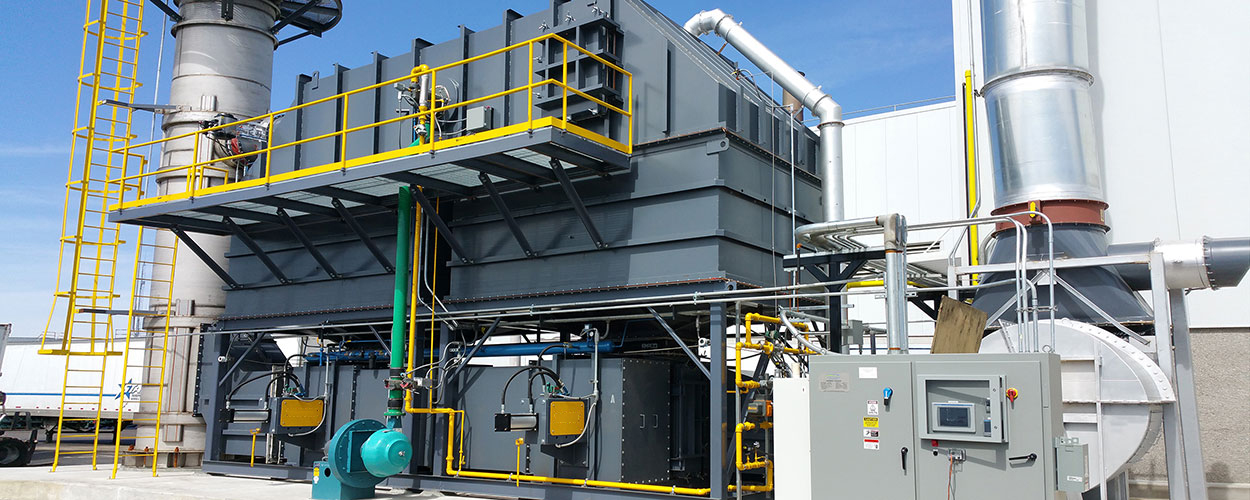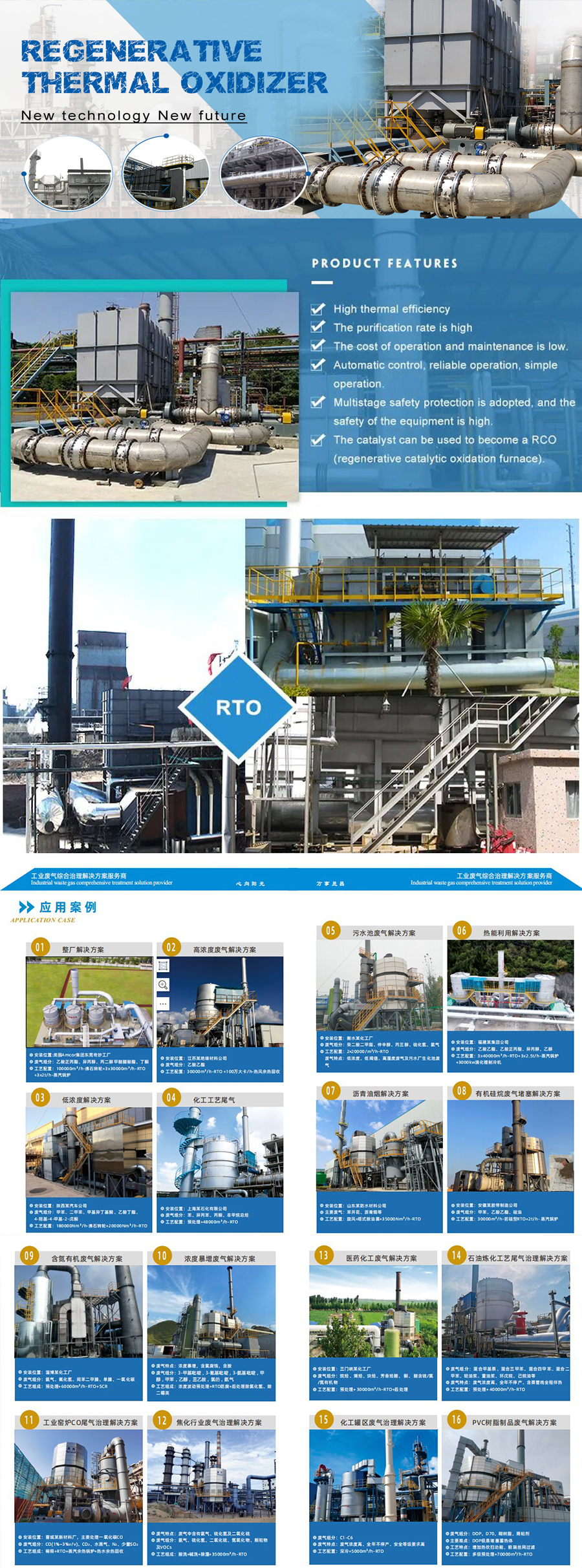Basic Info.
Material
Cordierite
Application
Industry, Food and Beverage, Medicine, Textile, Metallurgy
Type
Ceramic Filter
Filter Connector
Flat Connector
Filtration Grade
ULPA Filter
Activated Carbon Filter Type
Bulk Type
Trademark
SW
Transport Package
Carton
Specification
50x50x50, 100x100x50, 595x260x95
Origin
China
HS Code
3815120090
Product Description
Description:;
Carrier:; Ceramic honeycomb substrate (cordierite monolith); or metal honeycomb substrate (stainless steel crust and Fe-Cr-Al honeycomb body);.;
Technical Data:;
Material:;Cordierite,; mullite ceramics
Size:;
50x50x50,;100x100x50,;595x260x95
Working Temperature:;220°C-1100°C
Channels:;Circular,; Square,; Rectangle
Cell Density:;
50-400 CPSI
Type:; Catalytic Converter
Usage:;
Catalytic Converter
Application:;Enameled wire,; paint room,; waste gas treatment industry.;
——————————————————————————————————————————————————
Regenerative Thermal/Catalytic Oxidizer (RTO/RCO); :;
Regenerated heat/catalytic oxidant (RTO/RCO);:; it is widely used in automotive coatings,; chemical industry,; electronic and electric manufacturing industry,; contact combustion system and other fields.;Ceramic honeycomb is designated as a structural regenerative medium for RTO/RCO.;
Advantage:;
1.; Various materials and specifications
2.; Products with different formulas can be customized according to customer requirements.;
3.; Small resistance loss
4.; Low thermal expansion coefficient
5.; Excellent crack resistance
6.; It can be customized to meet the emission standards of different countries.;
Applications:;
1.; It can be used as a heat exchanger in the RTO of the heat recovery device.;
2.; Can be used as a catalyst to purify automobile exhaust and motorcycle exhaust to remove odor.;
3.; Applicable to food service industry,; environmental protection industry,; metallurgy industry,; etc
Test Equipment:;
Particle size distribution tester
Aperture and specific surface meter
Metal distribution,; crystalline structure
Catalyst activity evaluation system
Production Equipment:;
Coating continuous microwave drying system
Slurry nanometer grinding preparation system
Slurry quantitative spraying system
RFQ:;
Q:;Are you a trading company or a manufacturer?
A:;We are professional manufacturer which has almost 20 years of experience in this industry.;
Q:;Can you produce according to the samples?
A:;Yes,;we can produce by your samples or technical drawings.;
Q:;Would it be possible for us to visit your factory?
A:;Sure,;we welcomed our customers visit our factory in any time.;
Q:;Will your company supply samples?
A:;Yes,;the sample expense will be deducted from the value of your order.;
Q:;What’s your payment terms?
A:;T/T,; L/C,; Western Union,; Money Gram,; are available for us.;
Q:;Delivery time for my order?
A:;Within 7-15 working days for your sample order; 20 working days for your bulk order( It depends on the models and quantity you are going to order);.;
Address: Room. 3902-2 TianAn CHINAMFG Town No. 228 Ling Lake Avenue, New Wu District, HangZhou City, ZheJiang Province, China.
Business Type: Manufacturer/Factory, Group Corporation
Business Range: Auto, Motorcycle Parts & Accessories, Chemicals, Industrial Equipment & Components, Manufacturing & Processing Machinery
Management System Certification: ISO 9001, ISO 14001, ISO 20000, IATF16949
Main Products: Honeycomb Catalytic, Three Way Catalytic, Chemical Catalytic, Exhaust Filter, Industrial Catalytic
Company Introduction: Established in 2003, Sheung Well International Corp. Is a professional enterprise specialized in developing, manufacturing, selling automotive vehicles, Universal fuel engine and industrial three-way catalyst and converters, four-way converters. With independent intellectual property rights, its technology has been approved by ISO9001, TS16949 quality and management systems.
Sheung Well is an all-round designer and manufacturer who has a innovative and quality managing team mainly consists of doctorates and masters. Based on its cutting edge technology, rich experience and modern production and quality management skills, CHINAMFG is providing customers with first-class products and services.
Oriented in market, with innovation as its soul, centralized in serving the society, CHINAMFG lays emphasis on developing technology and products of controlling Exhaust emissions and other industrial catalysts. By providing customers with technology and supports of new products, it is committed to becoming the word-class all-around enterprise in catalyst circle from home and abroad.

What is the role of heat recovery in a regenerative thermal oxidizer?
Heat recovery plays a crucial role in the operation of a regenerative thermal oxidizer (RTO) by improving its energy efficiency and reducing fuel consumption. The primary function of heat recovery in an RTO is to capture and transfer heat from the treated exhaust gases to the incoming untreated gases, minimizing the need for additional external heating.
Here’s a closer look at the role of heat recovery in an RTO:
- Energy Efficiency: RTOs are designed to achieve high thermal efficiency by utilizing the heat recovery principle. The heat recovery system consists of heat exchangers or beds filled with ceramic media, such as structured ceramic blocks or random ceramic saddles. These beds alternate between the exhaust gas flow and the incoming untreated gas flow.
- Heat Transfer Process: During operation, the hot exhaust gases from the industrial process flow through one bed of the heat exchanger, transferring heat to the ceramic media. The media absorbs the heat, and the temperature of the exhaust gases decreases. Simultaneously, the cooler incoming untreated gas flows through the other bed, where it absorbs the heat stored in the media, preheating the gas before it enters the combustion chamber.
- Bed Switching: The direction of gas flow through the beds is periodically switched using valves or dampers. This switching operation allows the RTO to alternate between different beds, ensuring continuous heat recovery and thermal oxidation of the pollutants. By efficiently recovering and reusing heat from the exhaust gases, the RTO reduces the amount of external fuel needed to maintain the required operating temperature.
- Reduction in Fuel Consumption: The heat recovery mechanism in an RTO significantly reduces the fuel consumption compared to other types of oxidizers. The preheating of the incoming untreated gas stream reduces the energy required to raise the temperature of the gas to the combustion temperature, resulting in lower fuel usage and operational costs.
- Economic and Environmental Benefits: Heat recovery in RTOs offers economic benefits by reducing energy costs and improving the overall sustainability of the facility. By minimizing fuel consumption, heat recovery contributes to a lower carbon footprint and helps meet environmental goals by reducing greenhouse gas emissions associated with the combustion process.
The effectiveness of heat recovery in an RTO depends on factors such as the design of the heat exchanger, the choice of ceramic media, the flow rates of the exhaust gases and incoming untreated gas, and the temperature differential between the two streams. Proper sizing and optimization of the heat recovery system are essential to ensure efficient heat transfer and maximize energy savings.
Overall, heat recovery is a key component in the design of an RTO, allowing for improved energy efficiency, reduced fuel consumption, and environmental sustainability.

How do regenerative thermal oxidizers compare to biofilters in terms of performance?
Regenerative thermal oxidizers (RTOs) and biofilters are both widely used technologies for the treatment of air pollutants, but they differ in their operating principles and performance characteristics. Here’s a comparison of RTOs and biofilters in terms of their performance:
| Performance Aspect | Regenerative Thermal Oxidizers (RTOs) | Biofilters |
|---|---|---|
| Emission Removal Efficiency | RTOs are highly efficient in removing volatile organic compounds (VOCs) and hazardous air pollutants (HAPs). They can achieve destruction efficiencies above 95% for these pollutants. | Biofilters also have the potential to achieve high removal efficiencies for certain VOCs and odorous compounds. However, their performance can vary depending on the specific contaminants and the microbial activity in the biofilter. |
| Applicability | RTOs are versatile and can handle a wide range of pollutants, including VOCs, HAPs, and odorous compounds. They are well-suited for high flow rates and high pollutant concentrations. | Biofilters are particularly effective in treating odorous compounds and certain VOCs. They are commonly used in applications such as wastewater treatment facilities, composting operations, and agricultural facilities. |
| Energy Consumption | RTOs require a significant amount of energy to reach and maintain high operating temperatures for oxidation. They rely on fuel combustion or external heat sources for the thermal energy needed. | Biofilters are considered low energy consumption systems as they rely on the natural biological activity of microorganisms to break down pollutants. They generally do not require external heating or fuel consumption. |
| Maintenance | RTOs typically require regular maintenance and monitoring to ensure proper operation. This includes inspections, cleaning of heat exchange media, and potential repairs or replacements of components. | Biofilters require periodic maintenance to optimize their performance. This may involve monitoring and adjusting moisture levels, controlling temperature, and occasionally replacing the filter media or adding microbial inoculants. |
| Capital and Operating Costs | RTOs generally have higher capital costs compared to biofilters due to their complex design, specialized materials, and energy-intensive operation. Operating costs include fuel consumption or electricity for heating. | Biofilters generally have lower capital costs compared to RTOs. They are simpler in design and do not require fuel consumption. However, operating costs may include periodic replacement of filter media and potential odor control measures. |
It is important to note that the selection of the appropriate technology depends on various factors such as the specific pollutants to be treated, process conditions, regulatory requirements, and site-specific considerations. Consulting with environmental engineers or air pollution control experts can help determine the most suitable technology for a particular application.
In summary, RTOs and biofilters offer different performance characteristics, with RTOs excelling in high removal efficiencies, versatility, and suitability for high-flow and high-concentration applications, while biofilters are effective for odorous compounds, have low energy consumption, and generally lower capital costs.

Are regenerative thermal oxidizers environmentally friendly?
Regenerative thermal oxidizers (RTOs) are considered environmentally friendly air pollution control devices due to several reasons:
- High Efficiency in Pollutant Destruction: RTOs are highly efficient in destroying pollutants, including volatile organic compounds (VOCs) and hazardous air pollutants (HAPs). They typically achieve destruction efficiencies exceeding 99%. This means that the vast majority of harmful pollutants are converted into harmless byproducts, such as carbon dioxide and water vapor.
- Compliance with Emission Regulations: RTOs help industries comply with stringent air quality regulations and emission limits set by environmental agencies. By effectively removing pollutants from industrial exhaust streams, RTOs help reduce the release of harmful substances into the atmosphere, contributing to improved air quality.
- Minimal Secondary Pollutant Formation: RTOs minimize the formation of secondary pollutants. The high temperatures within the combustion chamber promote the complete oxidation of pollutants, preventing the formation of uncontrolled byproducts, such as dioxins and furans, which can be more harmful than the original pollutants.
- Energy Efficiency: RTOs incorporate heat recovery systems that improve energy efficiency. They capture and utilize the heat generated during the oxidation process to preheat the incoming process air, reducing the energy requirements for heating. This energy recovery feature helps minimize the overall environmental impact of the system.
- Reduction of Greenhouse Gas Emissions: By effectively destroying VOCs and HAPs, RTOs contribute to the reduction of greenhouse gas emissions. VOCs are significant contributors to the formation of ground-level ozone and are associated with climate change. By eliminating VOC emissions, RTOs help mitigate the environmental impact associated with these pollutants.
- Applicability to Various Industries: RTOs are widely applicable across different industries and processes. They can handle a wide range of exhaust volumes, pollutant concentrations, and variations in gas composition, making them versatile and adaptable to various industrial applications.
While RTOs offer significant environmental benefits, it’s important to note that their overall environmental performance depends on proper design, operation, and maintenance. Regular inspections, maintenance, and adherence to manufacturer’s guidelines are crucial to ensuring the continued effectiveness and environmental friendliness of RTOs.

editor by CX 2023-10-21
